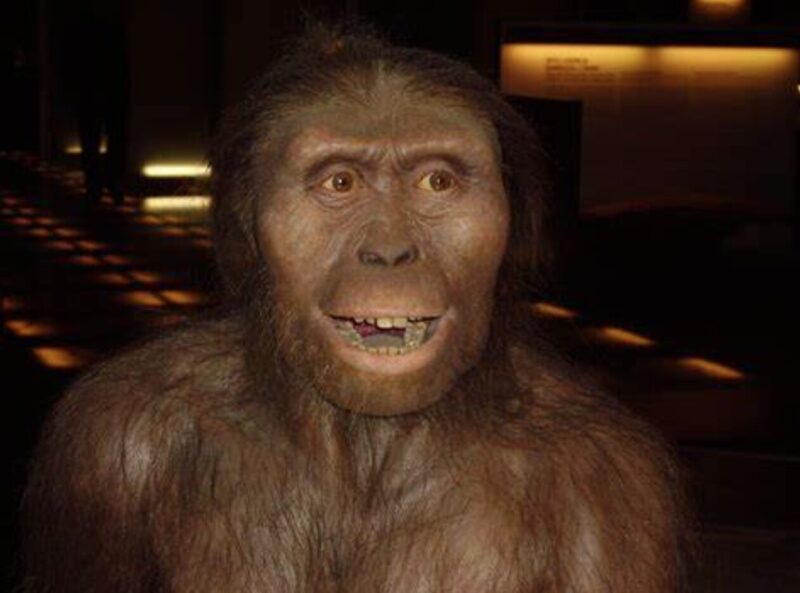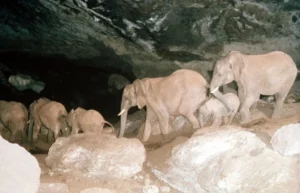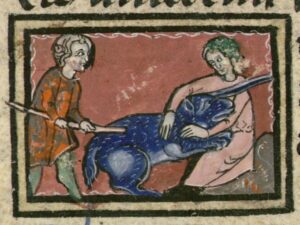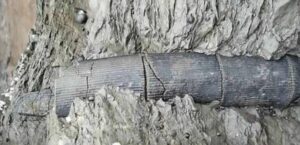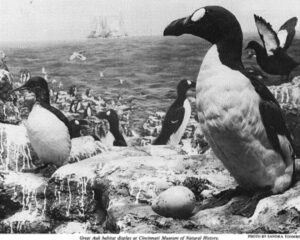Lucy, a 3.2-million-year-old ancestor of humans, has once again helped scientists learn more about our early evolution — specifically, how we walk and run on two legs. Computer models of her muscles and bones show that Lucy was not a natural runner.
It seems that Australopithecus afarensis — the early hominin species to which Lucy belonged — was not well-adapted for running. Using the shape of Lucy’s bones and data on the muscular structure in apes, researchers created a digital model of her leg muscles. They then used this information to simulate our ancient ancestors running.
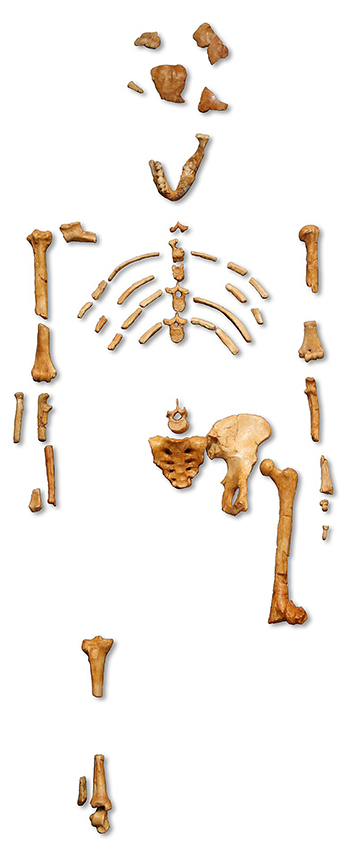
Lucy’s bones, tendons, and muscles were not adapted for running. Photo: Wikipedia
Half as fast as Usain Bolt
These simulations estimate Lucy’s top running speed at 4.97 meters per second. Nowadays, an average runner can hit about 7.9 meters per second, while Usain Bolt ran 10.44 meters per second. Lucy would also have used up to 2.9 times more energy to run than we do today.
“Australopithecus was still much slower than humans…even after correction for differences in body size,” says Bates.
Though Australopithecus afarensis walked upright on two legs, their bodies differed from ours. This is likely the reason for their limited running capabilities. Lucy stood just one meter tall and had a much smaller frame than us. She had a larger upper body with longer arms and shorter legs.
Karl Bates, the study’s lead author, told New Scientist that we are “superb and economical runners over almost any distance” as a species.
We know that our ability to walk and run efficiently on two legs began two million years ago with Homo erectus. We also know that four million years ago, Australopithecus afarensis could stand and walk. What happened between those two points has been a mystery.
Modern humans have a strong, spring-like Achilles tendon, which connects the muscles in our calf and ankle to our heel bone. The elastic nature of the tendon stores and releases energy when we run, making us faster and saving energy. Our calf muscles also play a big role by pushing us forward. The digital model of Lucy’s leg muscles suggests she had a much smaller Achilles tendon and weaker calf muscles, so she would have had to work harder to move quickly. Running would have been slow and tiring for her.
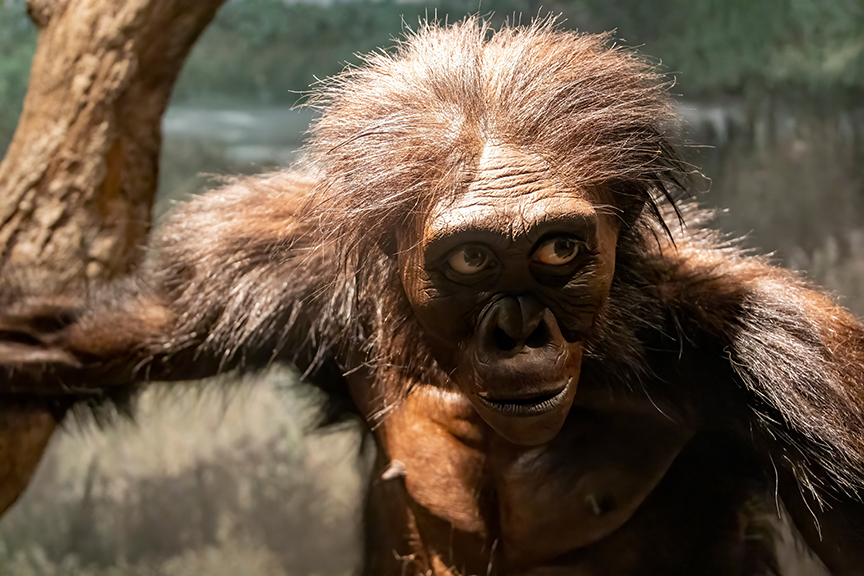
Australopithecus afarensis. Photo: Shutterstock
Three key adaptations
This study indicates that over the two million years between Australopithecus afarensis and Homo erectus, our ancestors evolved longer legs, larger Achilles tendons, and stronger calf muscles. Together, these three key features made us more capable of running swiftly.
Our ability to run has been crucial to our success as a species. It allowed our ancestors to hunt effectively and widen our range across the planet.
“Running speed [helps determine] an animal’s ability to outrun predators and capture prey,” explains Bates.
